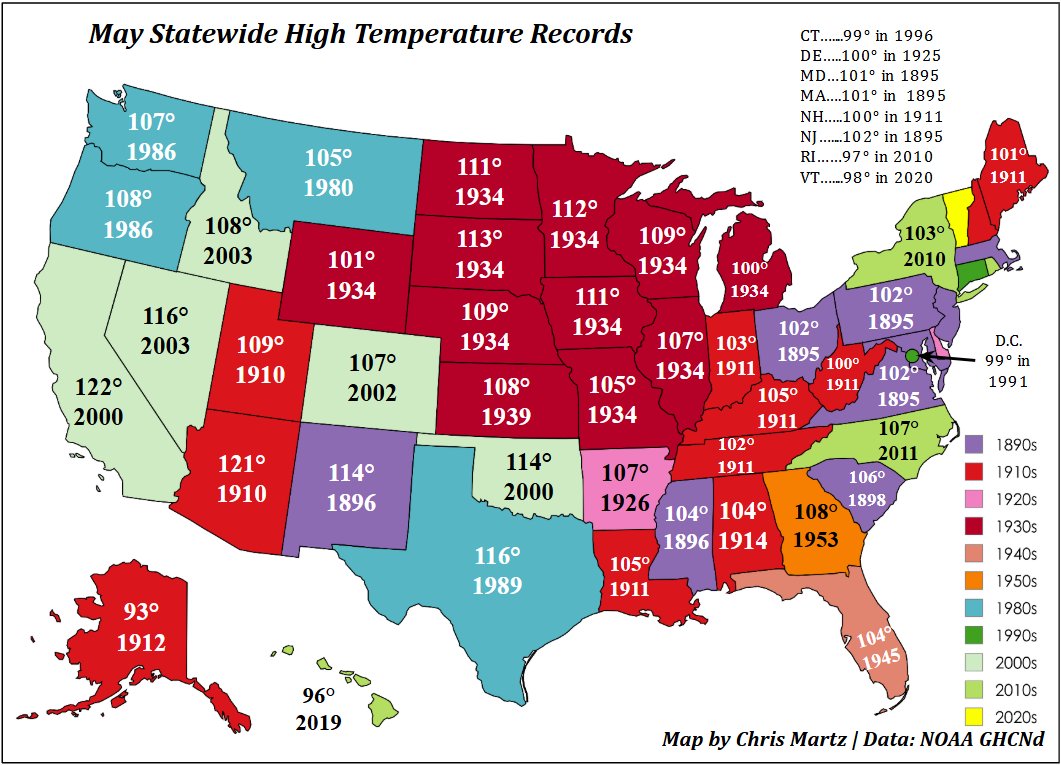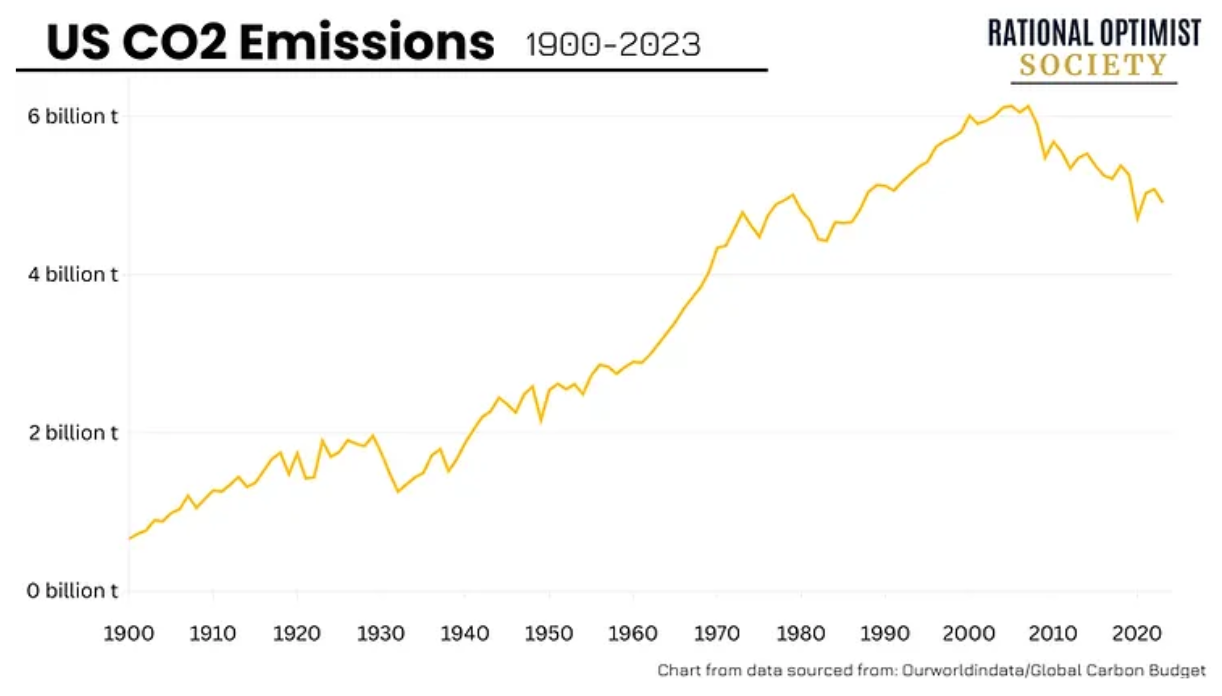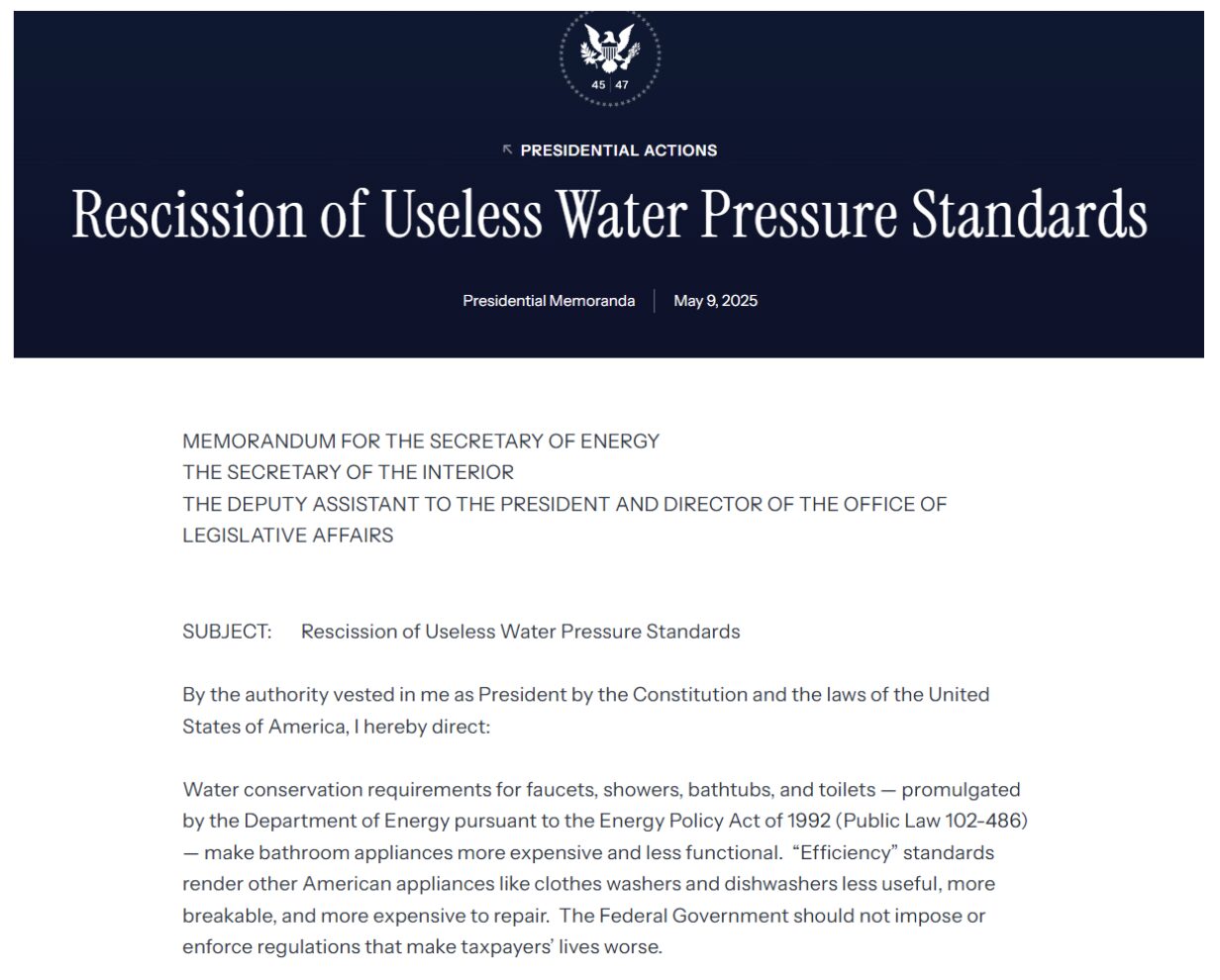More Antarctic Ice? Feds Pretend They Forecast It!
By Paul Homewood
http://antarcticsun.usap.gov/science/contenthandler.cfm?id=2889
The United State Antarctic Program is funded by the NSF, or National Science Foundation, an independent Federal Agency. In their latest report, they state that:-
The positive growth of total sea ice extent around Antarctica, which averages 18 million square kilometers at the height of winter, is part of a long-term trend and is consistent with how scientists believe climate change affects the southernmost continent.
There have been various attempts lately to link increasing ice extent with global warming. But what were scientists really predicting?
1) Only last year, the AMS published a paper by three NCAR experts, “Antarctic Sea Ice Climatology, Variability, and Late Twentieth-Century Change in CCSM4”.
According to their work, their models all predicted “significant decreasing annual trends” in sea ice area.
ABSTRACT
A preindustrial control run and an ensemble of twentieth-century integrations of the Community Climate System Model, version 4 (CCSM4), are evaluated for Antarctic sea ice climatology, modes of variability, trends, and covariance with related physical variables such as surface temperature and sea level pressure. Compared to observations, the mean ice cover is too extensive in all months. This is in part related to excessively strong westerly winds over ~50°–60°S, which drive a large equatorward meridional ice transport and enhanced ice growth near the continent and also connected with a cold bias in the Southern Ocean. In spite of these biases in the climatology, the model’s sea ice variability compares well to observations. The leading mode of austral winter sea ice concentration exhibits a dipole structure with anomalies of opposite sign in the Atlantic and Pacific sectors. Both the El Niño–Southern Oscillation and the southern annular mode (SAM) project onto this mode. In twentieth-century integrations, Antarctic sea ice area exhibits significant decreasing annual trends in all six ensemble members from 1950 to 2005, in apparent contrast to observations that suggest a modest ice area increase since 1979. Two ensemble members show insignificant changes when restricted to 1979–2005. The ensemble mean shows a significant increase in the austral summer SAM index over 1960–2005 and 1979–2005 that compares well with the observed SAM trend. However, Antarctic warming and sea ice loss in the model are closely connected to each other and not to the trend in the SAM.
http://journals.ametsoc.org/doi/abs/10.1175/JCLI-D-11-00289.1
2) In May 2013, another paper by Lorenzo Polvani was even clearer on the issue, “Can natural variability explain observed Antarctic sea ice trends?”
They are so puzzled by increasing ice trends, that they are forced to blame it on “natural variability”.
ABSTRACT
The recent observed positive trends in total Antarctic sea ice extent are at odds with the expectation of melting sea ice in a warming world. More problematic yet, climate models indicate that sea ice should decrease around Antarctica in response to both increasing greenhouse gases and stratospheric ozone depletion. The resolution of this puzzle, we suggest, may lie in the large natural variability of the coupled atmosphere-ocean-sea-ice system. Contrasting forced and control integrations from four state-of-the-art Coupled Model Intercomparison Project Phase 5 (CMIP5) models, we show that the observed Antarctic sea ice trend falls well within the distribution of trends arising naturally in the system, and that the forced response in the models is small compared to the natural variability.
http://www.columbia.edu/~lmp/paps/polvani+smith-GRL-2013.pdf
3) Then there was another paper last year by Karen Smith et al, “Mitigation of 21st century Antarctic sea ice loss by stratospheric ozone recovery”
ABSTRACT
We investigate the effect of stratospheric ozone recovery on Antarctic sea ice in the next half-century, by comparing two ensembles of integrations of the Whole Atmosphere Community Climate Model, from 2001 to 2065. One ensemble is performed by specifying all forcings as per the Representative Concentration Pathway 4.5; the second ensemble is identical in all respects, except for the surface concentrations of ozone depleting substances, which are held fixed at year 2000 levels, thus preventing stratospheric ozone recovery. Sea ice extent declines in both ensembles, as a consequence of increasing greenhouse gas concentrations.
http://www.seas.harvard.edu/climate/seminars/pdfs/Smith_GRL_2012.pdf
4) And just this June, “Historical Antarctic mean sea ice area, sea ice trends, and winds in CMIP5 simulations”, by Irina Mahlstein, still maintained the same story.
ABSTRACT
In contrast to Arctic sea ice, average Antarctic sea ice area is not retreating but has slowly increased since satellite measurements began in 1979. While most climate models from the Coupled Model Intercomparison Project Phase 5 (CMIP5) archive simulate a decrease in Antarctic sea ice area over the recent past, whether these models can be dismissed as being wrong depends on more than just the sign of change compared to observations. We show that internal sea ice variability is large in the Antarctic region, and both the observed and modeled trends may represent natural variations along with external forcing. While several models show a negative trend, only a few of them actually show a trend that is significant compared to their internal variability on the time scales of available observational data. Furthermore, the ability of the models to simulate the mean state of sea ice is also important. The representations of Antarctic sea ice in CMIP5 models have not improved compared to CMIP3 and show an unrealistic spread in the mean state that may influence future sea ice behavior.
http://onlinelibrary.wiley.com/doi/10.1002/jgrd.50443/abstract
[It is worth pointing out the the CMIP5 climate models, mentioned above, are the official ones relied on by the IPCC].
5) And in March this year, scientists at the British Antarctic Survey quantified just how badly the predictions had failed, “An Initial Assessment of Antarctic Sea Ice Extent in the CMIP5 Models”
ABSTRACT
This paper examines the annual cycle and trends in Antarctic sea ice extent (SIE) for 18 models used in phase 5 of the Coupled Model Intercomparison Project (CMIP5) that were run with historical forcing for the 1850s to 2005. Many of the models have an annual SIE cycle that differs markedly from that observed over the last 30 years. The majority of models have too small of an SIE at the minimum in February, while several of the models have less than two-thirds of the observed SIE at the September maximum. In contrast to the satellite data, which exhibit a slight increase in SIE, the mean SIE of the models over 1979–2005 shows a decrease in each month, with the greatest multimodel mean percentage monthly decline of 13.6% decade−1 in February and the greatest absolute loss of ice of −0.40 × 106 km2 decade−1 in September. The models have very large differences in SIE over 1860–2005. Most of the control runs have statistically significant trends in SIE over their full time span, and all of the models have a negative trend in SIE since the mid-nineteenth century. The negative SIE trends in most of the model runs over 1979–2005 are a continuation of an earlier decline, suggesting that the processes responsible for the observed increase over the last 30 years are not being simulated correctly.
And What Did The IPCC Say?
According to UNEP in 2007, this was what the IPCC had to say.
In contrast to the Arctic, there are signs of a slight increase in the extent of annual mean sea ice [in the Antarctic] over the period 1979–2005 (+1.2 per cent per decade) based on the NASA Team retrieval algorithm. The IPCC concluded that this overall increase was not significant and that there are no consistent trends during the period of satellite observations. There are, however, indications that sea ice may be increasing more at the period of minimum coverage (March) than at the period of maximum sea ice extent in September. There is also regional variation (Figure 5.8) with an increase, for example, in the Ross Sea (+4.8 per cent per decade) and a loss in the Bellingshausen Sea (–5.3 per cent per decade). There are far fewer observations of sea ice thickness for the Antarctic than for the Arctic because of the lack of submarine measurements. It is therefore not possible to detect any trends in Antarctic sea ice thickness over recent decades. The reasons for the very different trends in Arctic and Antarctic sea ice extent over recent decades are not known at present and resolving this important question is a high research priority. Researchers are examining changes in the atmospheric circulation of the two polar regions as well as changes in ocean circulation.
http://www.grida.no/graphicslib/detail/regional-changes-in-arctic-and-antarctic-sea-ice_15da
To Sum Up
These are all recent studies, and clearly represent current thinking. There will, of course, be many other models and forecasts from earlier years that will also have predicted declining Antarctic sea ice.
So why is the United States Antarctic Program, a federally funded body, misleading the public?
Whatever the reasons for the increase in Antarctic ice, it is transparently clear that it is not consistent with climate models programmed with global warming theory.
Wouldn’t it be nice if they just admitted that climate scientists had got this one hopelessly wrong.
Sent by gReader Pro




